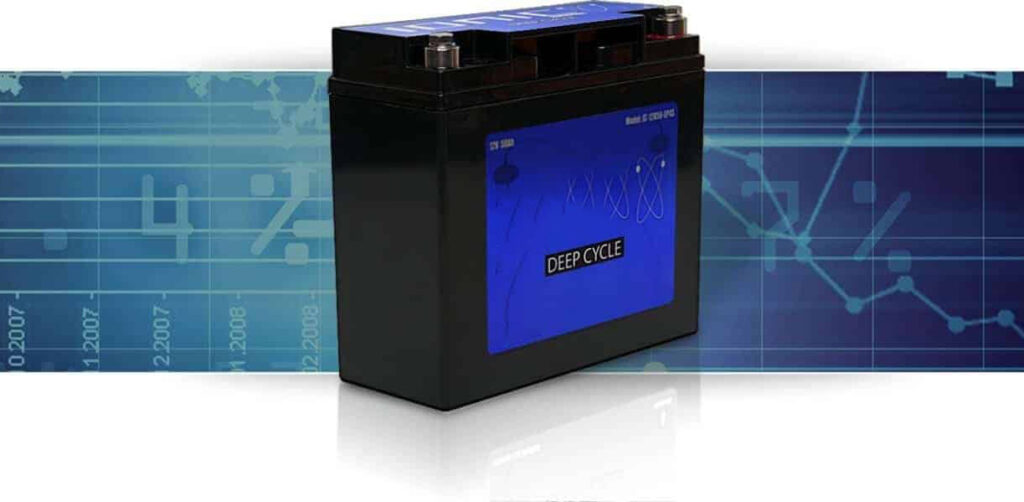The hourly discharge rate of a battery, often referred to as the “C-rate,” represents the rate at which the battery’s capacity is being discharged over one hour. It is typically expressed as a fraction of the battery’s rated capacity.
For example, if you have a lead-acid battery with a capacity of 100 Ah (Ampere-hours), and you discharge it at a rate of 0.1C, it means you are discharging it at a rate of 10 amps (0.1 * 100 Ah) over the course of one hour.
Similarly, if you discharge the same battery at a rate of 1C, you would be discharging it at a rate of 100 amps (1 * 100 Ah) over one hour.
The hourly discharge rate, or C-rate, is essential to consider when designing or using a battery system as it affects the battery’s performance, efficiency, and lifespan. Different batteries may have different recommended maximum discharge rates, so it’s crucial to consult the manufacturer’s specifications for your specific battery model.


